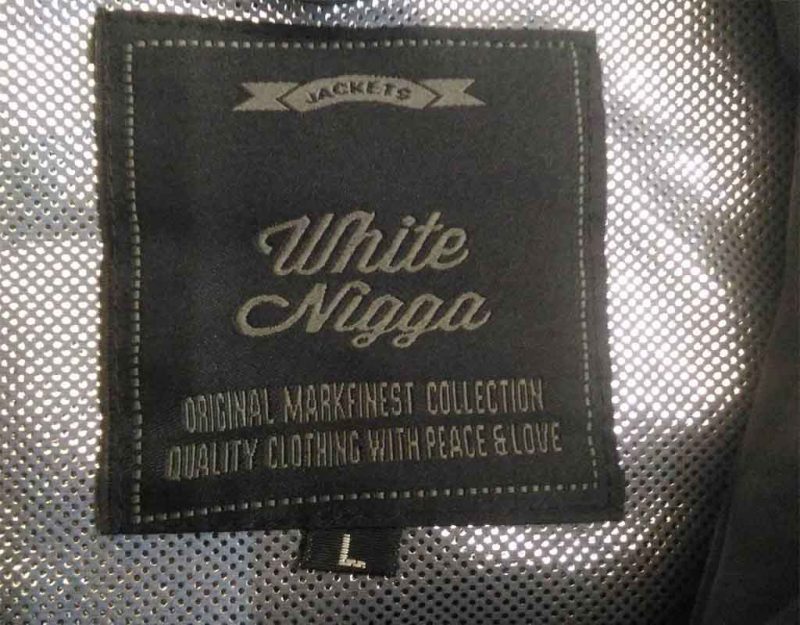How Southern And Eastern European Immigration Forced Diversity
Nuanced positions find little support because they give you little cheer for or boo against. They instead offer a knotty, intricate path to dismantling illusion and getting back toward reality.
If you find credence to the cyclic notion of history, it consists of the idea that human groups find a sensible adaptation strategy, and then slowly lose it, then — if they are lucky — slowly regain it.
We are in the regaining portion of the cycle, trying to figure out what went wrong after the last thousand years of individualism, democracy, utilitarianism, pluralism, universalism, socialism, and now, diversity.
Clearly everything has hit rock bottom, but we have enough momentum to ignore that for now. The grocery stores are still there, we still get paychecks of Monopoly money to buy stuff, and promises are made about how government will cure all of our problems.
No one thinks that things are going well in the long term. We know that our society is divided, we have no sense of values, and we are living for disposable plastic lifestyles like little robots who make themselves blind to existential questions because they fear our inner emptiness.
Many of us oppose diversity because it represents the final attempt by Progress, Inc., to fully destroy us through erasing our genetic heritage. When we are gone as a people, the neurotics can finally have full power, and they will become of a grey race, grey like their spirits.
Diversity destroys because it erases the unity of a society. Instead of people who think similarly because they have similar genetics, you have a chaotic group that tied together by money, law, and mass trends and panics incited by the media. This is not a society; it is a shopping mall.
One step on the path to diversity leads to others. Early American experiments involved Amerinds and Africans, but this quickly gave way to the importation of Southern/Irish and Eastern European labor, and their participation changed the country.
Accustomed to different forms of government — basically warlords handing out benefits — they gravitated toward the Leftist “political machines” in the big cities, and then exported the city way of life with a disastrous Civil War. Slavery was at best a pretext, at worst a deception, as an issue.
At first the newcomers assumed a secondary role, but after the WASP (ethnic Western European) founding group exhausted itself in the first world war, they began to take over. By the 1940s, they were agitating for an equal position in society.
This tension created by ethnic diversity paved the way for racial diversity by insisting on a message of inclusion and patriotism, since we were all united by our creed, which had become the idea of ethnic pluralism:
Even as scientific racism came under cultural and academic assault, the 1924 law restricting immigration remained on the books. Ironically, the law may have aided the mainstreaming of ethnic Americans by cutting off the supply of newcomers who spoke in foreign tongues, wore strange clothing and listened to unfamiliar music. The new faces of ethnic America were the children of immigrants who grew up speaking accentless English, became fanatical baseball fans and wore American garb. And that generation’s experience in the 1940s drove a final nail in the coffin of scientific racism.
During World War II, Hollywood churned out countless platoon films—like Air Force (1943), Bataan (1943), Guadalcanal Diary (1943), The Purple Heart (1944), Objective Burma (1945) and A Walk in the Sun (1945)—in which multi-ethnic, multi-religious American units banded together to defeat fascism. Notably, African-Americans were absent from these films, as well as from this equation. This was about establishing the whiteness of ethnic Americans—and thus, their fitness for citizenship.
In 1945, RKO Radio Pictures released a short film, The House I Live In, in which a young Frank Sinatra teaches a group of neighborhood boys the value of inclusion and pluralism. Though Sinatra—who was deeply committed to civil rights—crooned the line, “all races and religions, that’s America to me,” the kids are all white, and anti-Semitism—which, Sinatra explains, is un-American—clearly proxies for racism. (Though the film addresses the then-polarizing issue of allowing African-Americans to donate blood, it did so obliquely.) The paradox exposed a tension in liberal thinking: It was too risky to tether the fortunes of black and ethnic Americans.
Not surprisingly, in the 1960s these new groups — Irish mostly, followed by Italians and Jews — were instrumental in bringing about policies to further racial equality by increasing the representation of non-whites everywhere.
This transformed a 90% ethnic Western European society into another failing diversity empire, where there is no culture, there are no standards, and everything gets worse day after day.
Tags: diversity, ethnic diversity, irish, italians, jews, racial diversity










